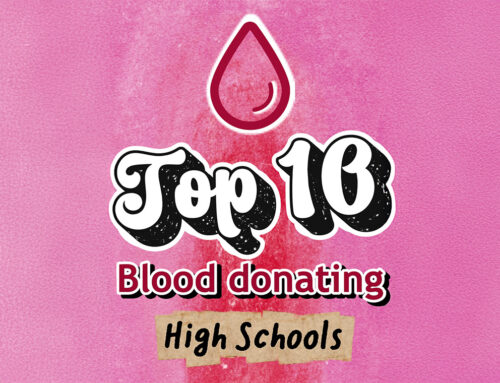As a blood donor, I’m sure you’ve heard the statement, “one blood donation can save up to three lives” but how is this possible? Well here’s how it works:
When you donate a unit of blood, which is 475ml, that unit can be separated into its different components using a centrifuge machine and each component can then be used to treat different medical conditions. This allows for more targeted and efficient treatment of patients depending on their needs.
The main components of blood explained:
- Red blood cells are used to treat patients with anaemia, blood loss or conditions like sickle cell disease. They are also used to replace losses as a result of accidents, trauma, childbirth and surgery. Red blood cell carry oxygen throughout the body. They are able to do this because they carry an iron containing molecule called haemoglobin. They have a 42-day lifespan.
- Plasma is the liquid golden component of blood that accounts for half of each unit of whole blood. Plasma contains important proteins that help our blood clot, carry antibodies and maintain our blood volume. Plasma is used to treat burn victims, for patients with clotting disorders and to treat patients whose bodies don’t produce infection fighting antibodies. Products such as Cryoprecipitate and FFP are made from donated plasma. Donated plasma is frozen within 24 hours of being donated and can be stored for up to one year.
- Platelets are given to patients with low platelet counts such as cancer patients undergoing chemotherapy or those with certain blood disorders. Platelets have a five-day lifespan and in order to make 20 pooled platelets ready to be transfused to 20 patients, we need 100 donors (five donors to make up one bag of pooled platelets). Pooled platelets refer to platelets collected from 5 donors to make up one adult unit of platelets. In order to make platelets the donor needs to donate their unit in under 12 minutes.
Every day the Western Cape Blood Service (WCBS) has to keep two units of +O whole blood and two units of -O whole blood for babies who may need exchange transfusions.
As you can tell there is a lot that goes on behind the scenes when it comes to ensuring that every donated drop of blood is put to good use.
WCBS creates various products based on the usage and need at any given time. However, one thing is certain: there is no substitute for blood. Thousands of patients and their families rely on the generosity and selflessness of donors like you. Your donation makes a difference and we would like to thank you for being part of this lifesaving effort.





